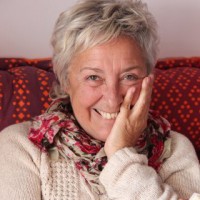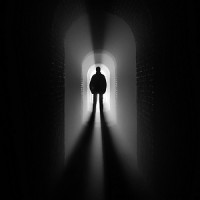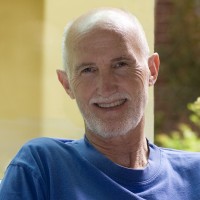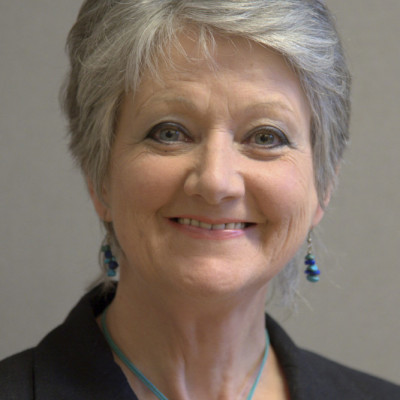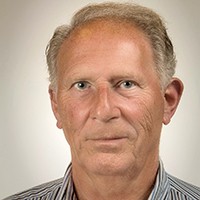by Gerard Jonkman
Even when the sky is gloomy and grey, the light is flat and unappealing and the colors are dull and dreary, it is still possible to create a remarkable architectural image once you know a few tricks of the trade.
I traveled for three weeks throughout the North Island of New Zealand. I enjoyed photographing landscapes on this trip, but my real passion is architectural photography.
Nikon D800E . Nikkor 14-24mmf/2.8 . 14mmmm . 1/1600ss . f/4 . ISO400
While walking through the streets of the capital Wellington one evening, I noticed this building’s interesting structure and lines. So I returned the next day when there was more light to take a few pictures of it.
"After examining the building from many different angles, I settled on a composition with dramatic diagonal lines."
The sky was overcast and the light was not good, but I knew I could enhance the image in post-processing. I always search for interesting points of view and compelling perspectives, and after examining the building from many different angles, I settled on a composition with dramatic diagonal lines. I only took three pictures, and I did not use a tripod since there was barely enough room for me in the narrow alley where I was standing.
" Once I found the composition for the final image, I zoomed out and took a much wider shot. I always do this so that I can later rotate and crop without losing any important parts of the photo."
For this picture, I did not have to do that much perspective correction in post-processing because I paid great attention to the perspective while I was taking the picture. It was important to me to find a strong diagonal line and a complementary vertical line. Once I found the composition for the final image, I zoomed out and took a much wider shot. I always do this so that I can later rotate and crop without losing any important parts of the photo.
I used Adobe Camera Raw and Photoshop CS6 to process this image. I also used Nik Viveza 2 plugin to make a few adjustments at the end.

Original image.
1) Take your time to analyze the building. Walk around to study the facade up close and from a distance. Return to the building when the light is different – sometimes that’s all it takes to discover the nuances of the architecture.
2) Replace portions of the image’s supporting elements with your own stock images to create extra tension or to better isolate the structure.
3) Do not be afraid to take pictures in strange postures or positions. The results can sometimes be very surprising and rewarding.
4) Find strong, graphic lines while shooting and make several pictures, each with a slightly different perspective. Repositioning yourself a few inches further to the left or right can make a world of difference.
5) Always check the settings of the camera, even when you are in a hurry.
I was born in 1959 and I live in Raalte in the Netherlands. I am a physiotherapist and a passionate amateur photographer. Modern architecture, concert, sports and street photography are my main interests. I am especially drawn to architectural photography because I appreciate the graphic lines and textures of buildings, and I enjoy using them to create graphic compositions and abstract images.









